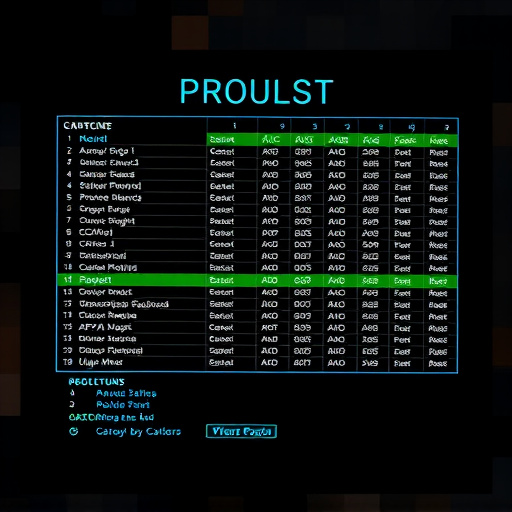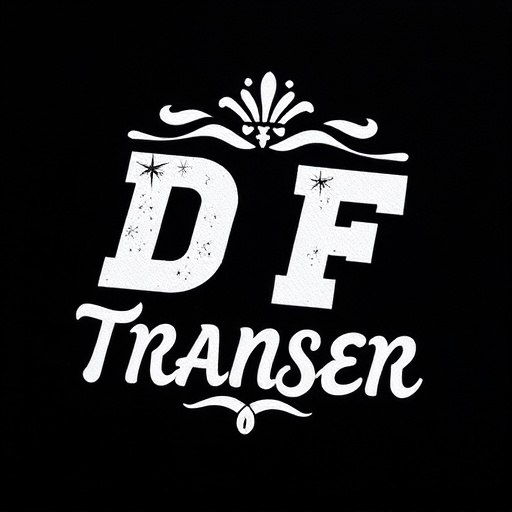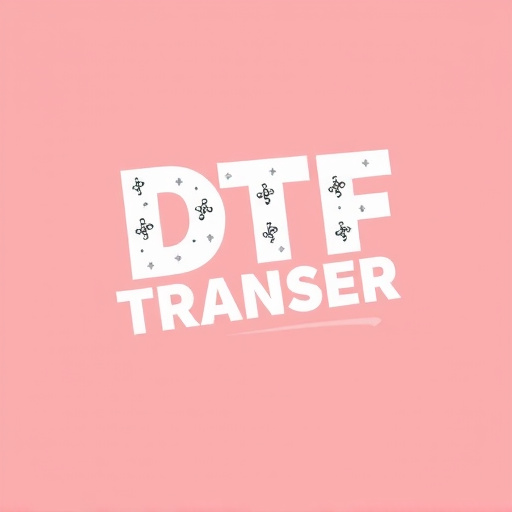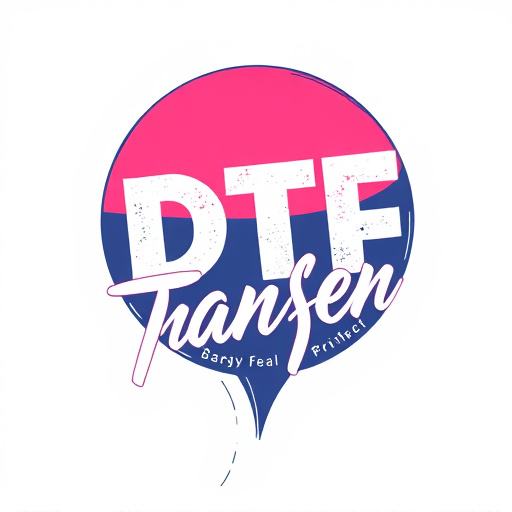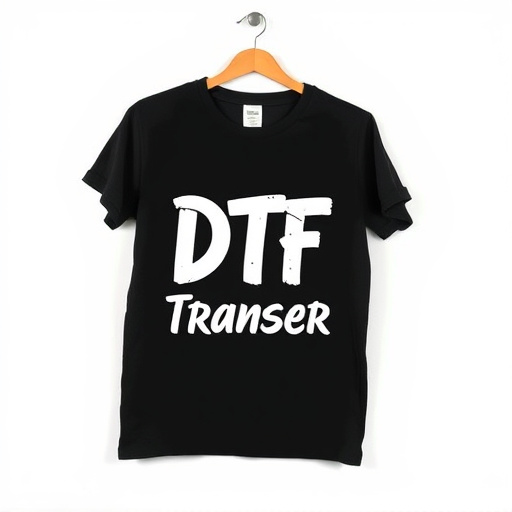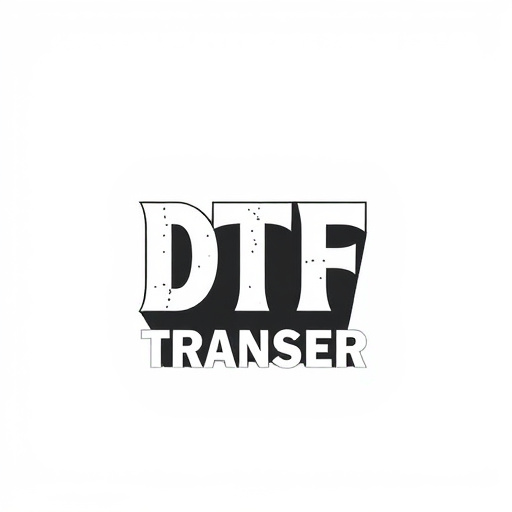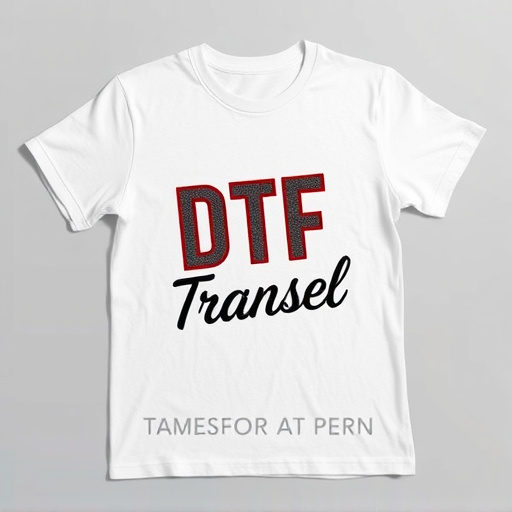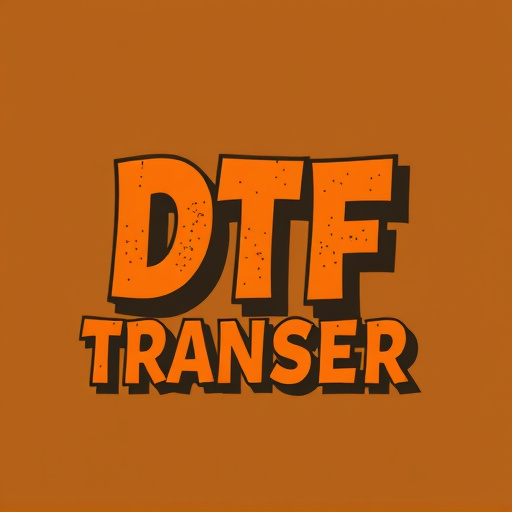Direct-to-film (DTF) transfers are transforming textile printing, especially for cotton fabrics, by offering high-quality, efficient production with precise color reproduction and fast turnaround times. This modern method eliminates traditional screen printing, making it ideal for short runs or custom projects. Optimizing DTF for cotton involves selecting suitable inks, pre-treating fabric, and precise tensioning. The technology allows for intricate designs, from simple text to complex graphics, appealing to businesses and designers looking to create unique, personalized cotton products. Case studies demonstrate its effectiveness in various applications, from clothing brands to independent artists, showcasing exceptional results while maintaining fabric softness and durability.
Direct-to-film (DTF) transfers have revolutionized cotton fabric printing, offering unparalleled design quality and versatility. This article explores the art of optimizing DTF for cotton applications, delving into essential considerations from ink selection to application techniques. We uncover the benefits of DTF printing on cotton fabrics, providing a comprehensive guide for achieving exceptional results. From understanding the process to successful case studies, this resource is your go-to for mastering DTF transfers tailored for cotton.
- Understanding Direct-to-Film (DTF) Transfers: A Brief Overview
- Optimizing DTF for Cotton Fabric: Key Considerations
- The Benefits of DTF Printing on Cotton
- Choosing the Right Ink and Coating for Maximum Durability
- Application Techniques to Ensure Top-Notch Results
- Case Studies: Successful DTF Transfers on Cotton Fabric
Understanding Direct-to-Film (DTF) Transfers: A Brief Overview

Direct-to-Film (DTF) transfers are a cutting-edge method revolutionizing the textile printing industry, particularly for cotton fabric applications. This innovative process eliminates the need for traditional screen printing or complex setup, making it an efficient and cost-effective solution. DTF technology enables high-quality, detailed designs to be directly applied onto the fabric using specialized inkjet printers.
The brief overview highlights the key advantage of DTF Transfers: precise and vibrant color reproduction on cotton. This method ensures fast turnaround times and is ideal for short-run or custom orders. By optimizing the printing process for specific fabric types like cotton, DTF technology delivers superior results, making it a preferred choice for businesses seeking unique, high-impact textile designs.
Optimizing DTF for Cotton Fabric: Key Considerations

Direct-to-film (DTF) transfers are a cutting-edge method for printing on cotton fabric, offering unparalleled quality and efficiency. When optimizing DTF for cotton, several key considerations come into play to ensure exceptional results. Firstly, the choice of ink is paramount; water-based or solvent inks provide vibrant colors and soft handfeel, ideal for wearable items. Cotton’s natural fibers require inks that can penetrate deeply without clogging pores, ensuring long-lasting durability.
Additionally, pre-treating the fabric is essential to prepare its surface for printing. This step involves cleaning the cotton to remove any impurities or oils that might interfere with ink adhesion. Proper tensioning and calibration of the fabric during the DTF process are also critical, as these factors directly impact print precision and color accuracy.
The Benefits of DTF Printing on Cotton

Direct-to-film (DTF) printing on cotton offers a multitude of benefits that have made it a popular choice for various textile applications. One of its key advantages is the ability to produce high-quality, vibrant prints with exceptional color accuracy and detail retention. This method eliminates the need for expensive and time-consuming screen printing processes, making it cost-effective for both small-scale and large-batch production.
DTF transfers are particularly well-suited for cotton due to its absorbent nature. The transfer ink adheres seamlessly to the fabric’s fibers, ensuring long-lasting durability and washability. This technology also allows for a wide range of design possibilities, from simple text to complex graphics, enabling businesses and designers to create unique, personalized cotton products with ease.
Choosing the Right Ink and Coating for Maximum Durability

When creating direct-to-film (DTF) transfers for cotton fabric application, selecting the optimal ink and coating is paramount to ensure maximum durability. The right combination can withstand the rigors of everyday use, maintaining vibrant colors and crisp details even after repeated washings. Water-based inks are a popular choice due to their eco-friendly nature and ability to adhere well to cotton without adverse reactions or fading. These inks also offer excellent opacity, crucial for covering underlying fabric patterns.
For coating, a durable water-repellent finish can significantly enhance the transfer’s longevity. This protective layer repels moisture, preventing color bleeding and ensuring the design remains intact even in wet conditions. Additionally, a matte or satin finish can impart a desirable texture to the print, improving grip and reducing the risk of slippage or smudging. The choice should be guided by the desired aesthetic, end-use application, and specific fabric requirements for a seamless and lasting DTF transfer.
Application Techniques to Ensure Top-Notch Results

When applying direct-to-film (DTF) transfers to cotton fabric, several techniques can ensure exceptional results. The first step involves preparing the fabric by cleaning and treating it to create a smooth surface that facilitates better adhesive penetration. This includes removing any dirt, oil, or previous coatings to guarantee optimal bonding between the transfer and the fabric.
For top-notch DTF transfer application, consider using specialized equipment like heat presses or direct printing machines. These tools enable precise temperature and pressure control, crucial for transferring intricate designs without smudges or bubbles. Additionally, utilizing high-quality transfer papers and inks specifically formulated for cotton enhances durability and vibrancy, ensuring the final product meets aesthetic expectations.
Case Studies: Successful DTF Transfers on Cotton Fabric

Direct-to-film (DTF) transfers have proven their worth in various case studies involving cotton fabric applications, showcasing exceptional results. One notable example is a recent project where a clothing brand sought to create limited-edition T-shirts with intricate graphic designs. By utilizing DTF technology, they achieved vibrant and precise prints on organic cotton, appealing to environmentally conscious consumers. The process involved printing the design directly onto a thin film, which was then heat-transferred onto the fabric, resulting in a soft, durable, and visually stunning final product.
Another successful implementation was by an independent artist who wanted to produce custom art on demand. They adopted DTF transfers for their unique, hand-drawn illustrations, enabling them to offer personalized, high-quality prints on cotton canvas. This method allowed for intricate details and a wide color gamut, making the artwork come alive. The artist’s online store experienced increased sales and positive customer feedback, highlighting the accessibility and versatility of DTF technology in the textile industry.

